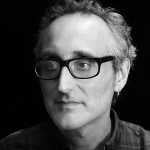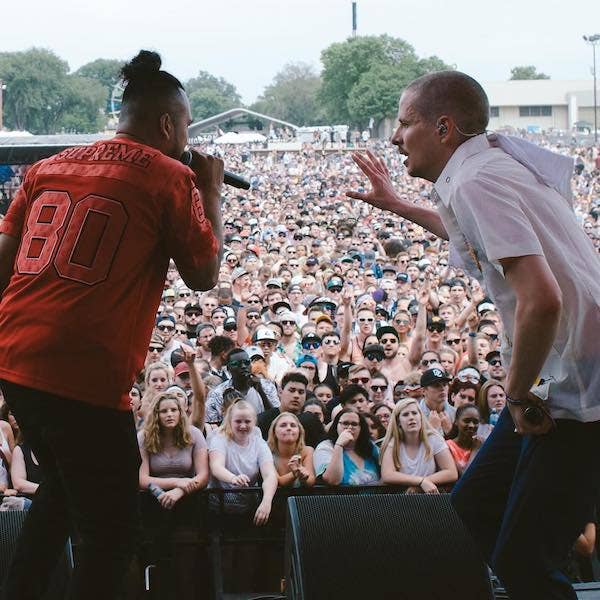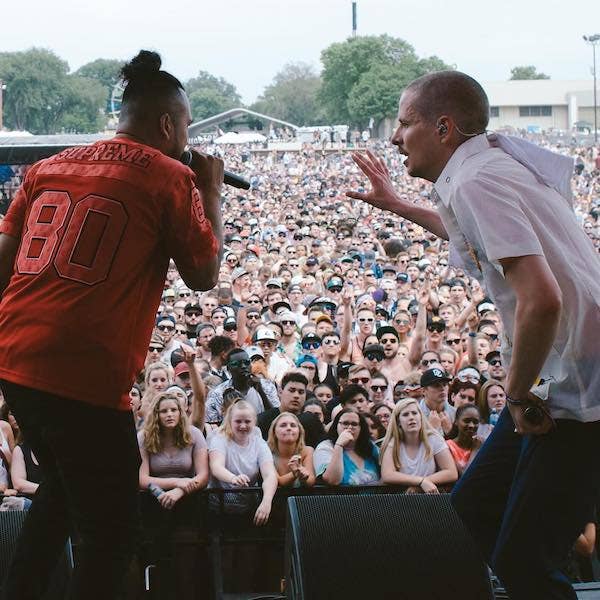
Minneapolis is home not only to Paisley Park, the Twins, and Target. It’s the site of one of the most vibrant music scenes in the country, and a bastion specifically of innovative hip-hop.
Hip-hop in the Twin Cities of Minneapolis and St. Paul has been dominated in the public imagination for well over a decade now by Rhymesayers Entertainment, the label that brought the world the likes of Atmosphere, Eyedea & Abilities, and Brother Ali. And they helped to define an entire era of underground hip-hop along the way. But both times and sounds have changed. By way of illustration, Rhymesayers has gone from putting on shows in coffeeshops in the mid-1990s to holding the single biggest one-day hip-hop festival in the country, Soundset. This year’s edition, which took place on May 26, featured Lil Wayne, DaBaby, Trippie Redd, and Lil Nas X, in addition to underground staples like Atmosphere, Run the Jewels, and Sa-Roc.
Complex attended Soundset to get a handle on how that transition went down, what’s actually happening in the Twin Cities today, and how it all started. We spoke with over a dozen movers and shakers, from Rhymesayers bigwigs to veteran producers to scene historians to a variety of local artists. Here is a snapshot of Twin Cities hip-hop, from the mouths of those who live it.
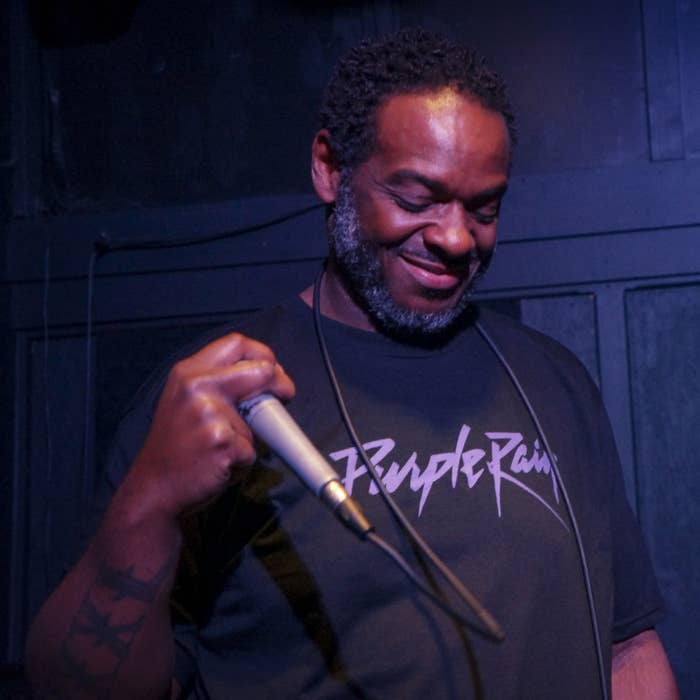
I. The Beginning
The Minneapolis hip-hop scene may have grabbed the ears of fans en masse in the early 2000s, but its roots go back much further.
“Big” Zach Combs (hip-hop artist and author of Headspin, Headshots, & History: Moving Through Minnesota Hip Hop): According to the way the older heads tell it, there was a DJ called Travitron who came here from, I believe, New Jersey. He came here for college, and he starts spinning on KMOJ and throwing parties over by the college.
Carnage the Executioner (beatboxer, rapper, producer): Travitron was from the East Coast somewhere, and he started Travitron's Hip-Hop Shop on KMOJ. Every Saturday, I would listen religiously. So in '86, '87, that's how I was able to realize what hip-hop sounded like everywhere else. Then I would go to Selby [a St. Paul neighborhood] near University. That area had the drug dealers who drove up and down the street in their Suzuki Samurais and their nice cars playing whatever hip-hop was hitting at that time. So I knew what was happening because of KMOJ and because of Selby, and that's where I basically got my influence from.
Big Zach: And then there was a rap crew, the first rap crew to have a 12-inch, called the I.R.M. Crew. They were old-school hip-hop. They didn't blow up in any big fashion, but they are recognized around here as the first group to get some popularity.
Carnage: I.R.M. Crew, man. I.R.M. Crew all day long. That's Kel-C, Cuttin' Kal, [and] B-Fresh, who ended up being Truth Maze. He was a beatboxer. They came from North Minneapolis, and they were the first guys to have a vinyl single.
Big Zach: You remember Paula Abdul? She had a video with a cartoon cat. The voice of the cat was a dude named Derrick Delite, who is from Minnesota. So while he's doing the cartoon cat thing, the I.R.M. Crew is playing local shows.
The youngest member of the I.R.M. Crew, who was a teenager when they started, is Truth Maze, though he'd be listed on all the I.R.M. albums as B-Fresh. So this crew called the Micranots form, and that's I Self Devine and DJ Kool Akiem—this is running into the '90s now—and Truth Maze became a part of them. So Truth Maze was the youngest member of the I.R.M. Crew and an elder member of the Micranots.
Brent “Siddiq” Sayers (president and CEO of Rhymesayers Entertainment, co-founder of Soundset): Before us, there were groups like the Micranots, who ultimately we ended up working with. They had been around and influenced us.
Big Zach: Travitron, the I.R.M. Crew, and the Micranots are the three pillars of Minnesota underground hip-hop. They had some slight moments, but it never really blew up. They were throwing shows, and they did some cool things, but it didn't get to where they wanted to take it.
II. Coffee Shops and Talent Shows: The Rise of Rhymesayers
In 1995, the remnants of the city’s Headshots crew, a collective of Minneapolis underground talent, came together to form Rhymesayers Entertainment. Within half a dozen years, they would create a whole new sound (led by producer Ant) and a hard-touring business model for underground rap. But there were some bumps along the way.
Big Zach: First, Ant comes into the picture. He came from Colorado. What happened is this guy Unicus goes into a Cheapo. Ant had just drawn a handwritten note. It was like, “Hey, you got rhymes, I got beats; call me.” Unicus is the only dude who called the number.
Unicus is the link to the whole thing, in a way. If Unicus never called that number, that never connects. Unicus eventually starts recording his first raps over in Ant's basement on Ant's 4-track. And Unicus starts bringing all his rapper friends over to Ant's house. He introduced Ant to [Rhymesayers co-founder] Musab; he introduced Ant to Slug. He introduced me to Ant when I was still in high school, so Ant produced the songs for me to perform at my first talent show in 11th grade. The list of people Ant was working with keeps going: The Abstract Pack and the rest of the Headshots crew got connected, and they started being produced by Ant. Ant had a sound, and that was what became our sound.
Carnage: At first, the Headshots were super influenced by Hieroglyphics. Most of the guys from Minnesota sounded like Hiero when they were coming out. Slug had something that was different because he was poetic and he was cocky and he just had something about him that really turned people’s heads. I saw him and I was like, "That dude is ill." It was almost like he popped up out of nowhere and was just fucking shit up.
Siddiq: There weren't a lot of opportunities in the club scene here at that time. We would get a little coffee shop that had a space where maybe they would do spoken word stuff or acoustic stuff, and we would talk them into letting us take over the space. Those things started out small. We would come in and set up our own system and do these little collective sets with all the Headshots groups. We did that for maybe a good year or so.
Those things just started growing to the point where we were doing these little coffee houses, and it was just ridiculous how many people were in them. We did a lot of alternative-type venues until [famed nightclub] First Avenue took notice and reached out to us. We went from those little coffee shops to the [7th Street] Entry and then started selling out all these shows. Ultimately, around 2000 or 2001 was our first sold-out main room show, which was Atmosphere [on the Lucy] Ford Tour.
Big Zach: We were doing coffee shops. We were doing this bar called the Red Sea, which was this African restaurant over on the West Bank. There was a cafe in Dinkytown called Bon Appetit, and they let us run this thing called Headspin Sundays. It went on for a year back in '98, '99.
Christopher Michael Jensen (rapper and host of open mic at Rhymesayers’ record store Fifth Element): People like Atmosphere will tell you, in the '90s, there weren't a lot of venues. You had to find little coffee shop places to get in. But they laid the groundwork so when people like me were finally coming up, there were tons of venues where you could see hip-hop all the time.
Tufawon (Dakota and Puerto Rican hip-hop artist and producer from Minneapolis, member of the group Illuminous 3): A part of the reason why [the Illuminous 3] were able to gain a lot of success in the Cities as a young hip-hop group was because of the infrastructure that was already laid out for us. People like Muja Messiah, people like Toki Wright, people like Slug and Siddiq—they were the ones that were really pushing for Minneapolis hip-hop. Before that, it wasn't much of a thing at all.
Carnage: At the early stages of Minnesota hip-hop, it was kind of manned and supervised by older men of color. The first guys I saw were those dudes. And then, in the mid to late '90s, the paradigm started to shift a little bit with very talented MCs who were not fully of color. You had Slug, who is of color but doesn't necessarily appear that way when you first see him.
So the template to what Minnesota hip-hop sounds like has nothing to do with the generation that was happening while I was coming up. It has everything to do with what happened after that, and Rhymesayers is the machine that is responsible for that.
Interlude: Soundset Beginnings
The Soundset festival now draws tens of thousands of people and features some of the most popular rap acts in the world as headliners. But it wasn’t always that way.
Big Zach: The actual first Soundset took place in 1997. It was all-night hip-hop rave on 27th and Lake Street.
Siddiq: In the '90s, the rave scene was big here. There were a bunch of raves every weekend, and every once in a while our crew would get booked to come play. So somewhere in the middle of the night they would give us a set and we'd come on and just do our thing.
So one night, we were just like, shit, why don't we do a hip-hop version of one of these? Just get a bunch of local artists, rent out a warehouse, and do an all-night hip-hop rave. So we rented out this warehouse, had a bunch of graffiti artists come in and piece up all the walls, and had the b-boys and b-girls come through. Then we booked a bunch of DJs and a bunch of local artists—probably 12 to 15 different groups and another dozen or so DJs—and it went from, like, 8 p.m. to 8 a.m. There was no real thought of it being a regular thing, or even doing it again.
III. ‘A Different Kind of Ruckus’
As Rhymesayers became more successful and their acts were more frequently out of town touring, a new generation of artists began to take over. There were crews in Rhymesayers’ arty, abstract lineage like the collective Doomtree, but there were also a bunch of people who just wanted to have a good time.
Christopher Michael Jensen: When I was getting into the scene after I graduated, like 2010, '11, '12, there was starting to be a sea change in terms of just different kinds of sounds that were coming in. You had the more quote-unquote abstract-type of acts, but then you were getting more upbeat party music. People like Prof were starting to blow.
Prof (rapper, professional crowd-rafter, signed to Rhymesayers, and co-owner of Stophouse Music Group): Back in the early 2000s, when Atmosphere first started blowing up, you had a lot of people copying their sound, and you had more of a unified sound coming out of Minneapolis rap. But I think that started to change, maybe, when they signed me, because I was definitely not on the same tip as the more poetic, emo rap backpack-type stuff. I was partying and stuff and causing a different kind of ruckus.
“I think the radio stations have been kinda elitist. They don't play a lot of stuff from the hood.” —prof
I think my vision for Stophouse has a lot to do with, like, what Cashinova looks and sounds like. He's from the east side of Saint Paul. I think the radio stations like the Current and the [alt-weekly] City Pages have been kinda elitist. They don't play a lot of stuff from the hood—like, the north side. There's a lot of talent on Minneapolis that's not getting attention through the traditional media that's doing really, really well on social media.
Cashinova (rapper on Stophouse Music Group): At the end of the day, the most successful people and the most relevant people are the people who are true to themselves and who speak what they've been through or what they're doing.
Kevin Beacham (DJ, hip-hop educator, activist, former product manager at Rhymesayers): That early part of the rise had this collective base: Rhymesayers, Doomtree, Interlock. It feels like you had to be part of a collective to make it work. But from 2014 to now, it's all about the individual's come up. You had Spooky Black, now you have Lizzo. I feel like that was a time of individual voices who didn't necessarily need the collective like we knew it.
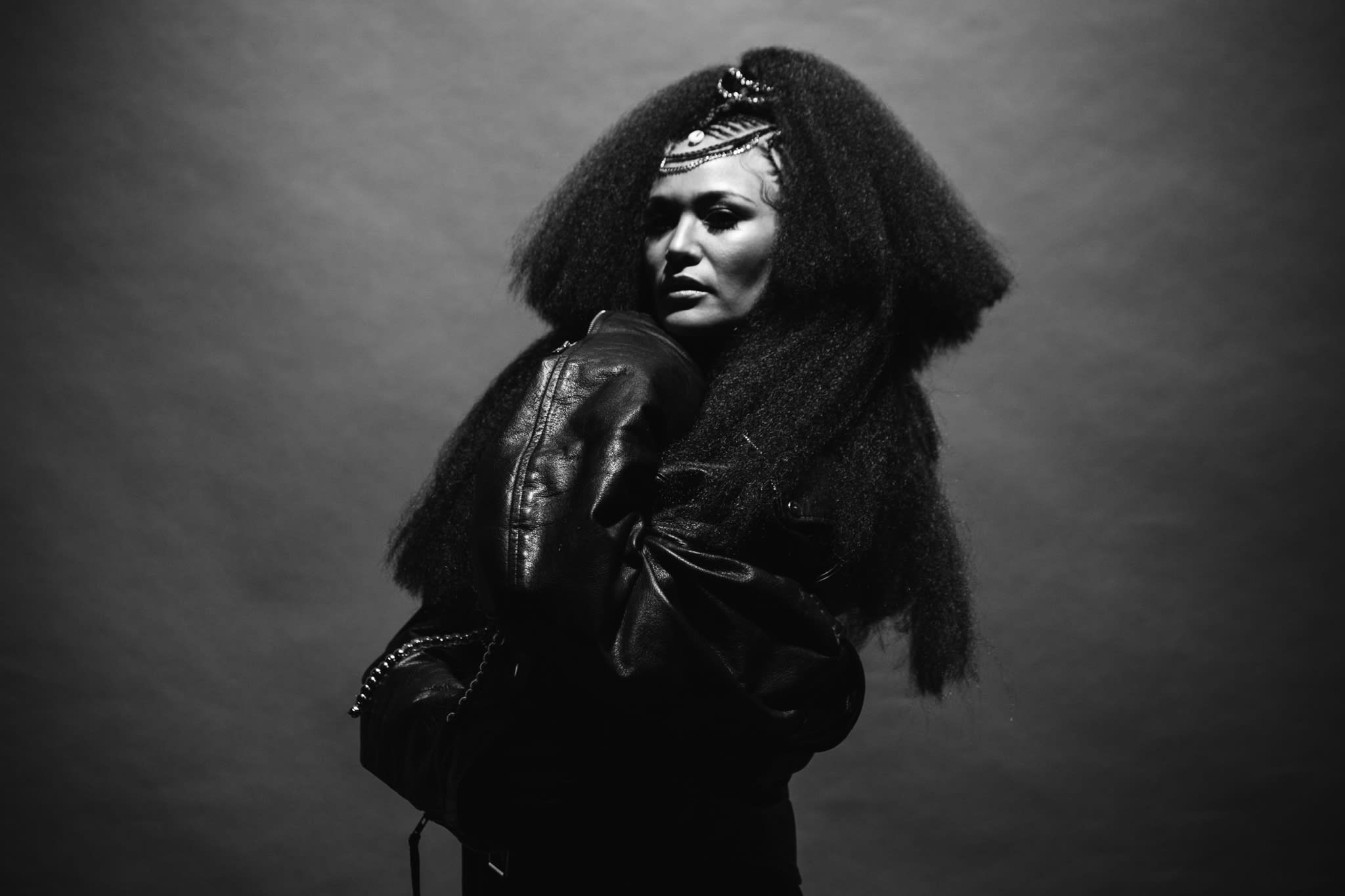
IV. ‘We've Got a Lot to Say’: Politics and Music
Some of the most vibrant voices in the Twin Cities today have a mission behind their music, and they connect to the surrounding community and grassroots political movements in a variety of ways.
Lady Midnight (singer, musician, performance artist): There's definitely a young scene happening right now. I would say it's radical, LGBTQ, young—I don't know, counterculture goth. It's definitely there right now.
Dua Saleh (performing artist from St. Paul via Sudan): One thing that I think is kind of interesting about Minneapolis is the number of gender non-conforming, trans, and non-binary people in the city. I've found community here, and leaving the state sometimes is difficult because I don't find the same sense of self there. The fact that I'm surrounded by these people, it just enriches my heart in a way that doesn't happen outside of the Cities as often. So I think that's pretty cool.
“I've found community here, and leaving the state sometimes is difficult because I don't find the same sense of self there.” —dua saleh
Ness Nite (recording artist and producer): There are tons of non-binary, gender non-conforming queer artists in the Twin Cities, all making music that's individual to themselves and is unique and identifiable as that, but also still its own thing. It's just really cool. We're all friends and support each other. We'll go to each other's shows and hang out front. It's really fun to be like, look at my friends; look at these people who reflect something that we haven't always gotten to express about ourselves.
Greg Grease (MC, producer, drummer, percussionist, bag maker, tailor, multi-visual artist, member of astralblak): A lot of artists also work in the community. I work with youth, teaching both music and sewing. There is a lot of grassroots organizing going on just naturally, so when you're in the city and you're a creative person, those people give you support. It's only natural that we become a part of that community. When there's a protest or something, you're likely to see a lot of artists out there. I think it's ingrained in our DNA, so it's only natural that it's going to come out in music.
“Medium” Zach Bagaason (artist, producer, engineer, educator, one half of Big Quarters with his brother "Brandon Allday" Bagaason): A lot of artists like myself have gone a teaching artist route as a way to round out their career. Because even though we have a nice music economy, we're still closed off from the industry.
deM atlaS (rapper signed to Rhymesayers): We're dope. We've got a lot to say. There's a strong indigenous community here that put on for their communities and for their causes, like Baby Shel, Tall Paul, and Tufawon. They're really beautiful people.
Tufawon: A lot of the topics that you hear in my music are connected to my activism, and also my connection to my indigenous roots. Fighting to protect water, themes of protecting the sacred, and things like that are more prevalent in my music now. They're definitely more true to me.
There are a lot of different activist circles you see here. You see Black Lives Matter. You see people organizing around the idea of abolishing the police state. Then you also have people who are fighting to protect the environment: water protectors like myself. Those topics and those themes are reflected in the music, and that's a very common thing to find here in Minneapolis.
V. Producers
For a rap scene to flourish, you need producers as well as MCs. The Twin Cities has a plethora of great beatmakers, and a community to bring them together.
Tufawon: Minneapolis is really creative, and we have a lot of very talented producers. There's also people like Medium Zach who have been hosting beat competitions and showcases.
Simon “Psymun” Christensen (producer): Medium Zach, he's a legend to me.
Medium Zach: I used to put together beat battles, and then my brother started a thing with Kevin Beacham of Rhymesayers called Last of the Record Buyers, which is specifically a producer showcase. It started in 2007 as a producers' open mic where people sign up and they can play beats, and it's still going to this day. We also curate a showcase of producers at Soundset.
Kevin Beacham: I'm excited about the production scene in Minneapolis. There's a lot of upcoming young talent.
Greg Grease: There's a ton of really dope producers here. I came up knowing a lot of kids that played jazz, and they're now adults that play jazz. So I'm blessed to know a lot of really talented musicians.
VI. Soundset Today
After its rave-adjacent origins, Soundset reinvented itself in 2008 as an all-day hip-hop festival. Its current incarnation mixes national headliners with a ton of local talent.
Siddiq: We've always had a few different tenets. They were never really a spoken thing or a thing we wrote out, but they carry through in everything we do. We've always wanted to champion the local scene. We've always done that in pretty much every capacity.
So when we were doing the festival, that to me was one of the important things to do: keep strong ties to the local scene, give those opportunities to the local scene, be diverse in every way—whether that's race, gender, genre branch of the hip hop tree.
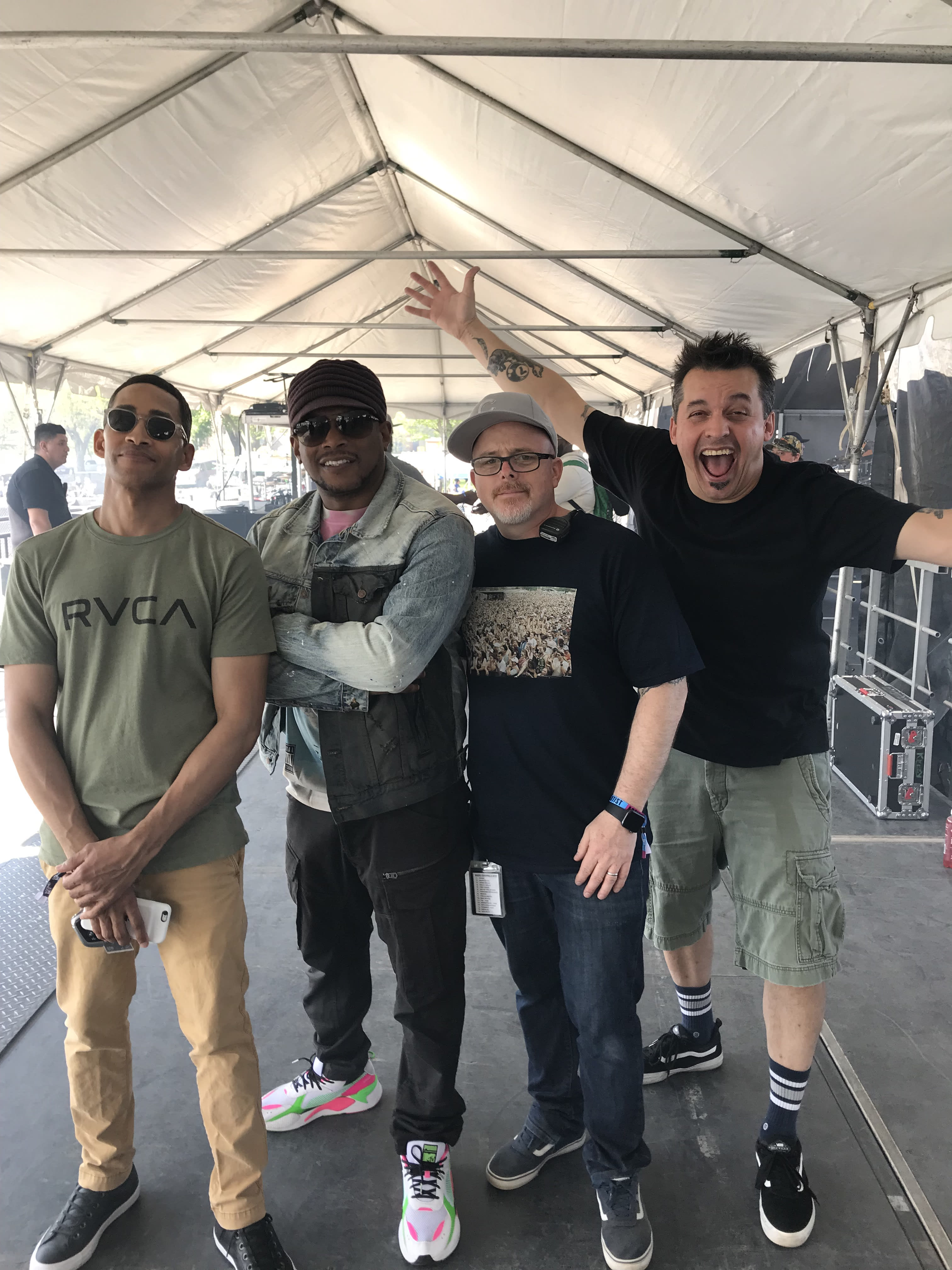
Prof: You hear Slug talk about it all the time: There's a lot more branches to this hip-hop tree than just Rhymesayers. So they represent every branch and have a big, full, healthy tree. There's a lot of kids out there who have no idea about Rhymesayers, and there's probably a lot of Rhymesayers fans out there who don't know Travis Scott, and it's just cool to see all that intermingle. I think it's a cool little thing that they got going on.
Christopher Michael Jensen: When you go to Soundset, there's something there for everybody. If you wanna see a super-backpack indie, they have that. If you're just into local hip-hop, they have that. But if you're a kid that's into Top 40 shit, if you want Travis Scott or Lil Wayne and you don't really know about indie hip hop, there's still something for you. They really try to represent all the different pockets of hip hop culture. That seems like it's pretty unique to Soundset.
Psymun: They could pay us better, that's for sure. It's weird to me just how low they'll pay the local artists and then give the local artists early set times. You'll make some new fans, but it's not like you should be so honored to be able to play at Soundset. It's great, but I feel like they have this mentality that we should all just be like, "We're so worthy.”
Lady Midnight: Other than Rhymesayers, there really is no [music] industry here. So as a musician, you see all of these artists coming in. There's different journalists, and you feel like there's opportunity actually coming to the city. People really get excited and want to put their best foot forward and be seen and just, I don't know, shoot their shot.
Greg Grease: I think most specifically, if you're a local artist that's performing here, when you leave, there's people in New York, in these different places, [who] are going to be taking you a lot more seriously.
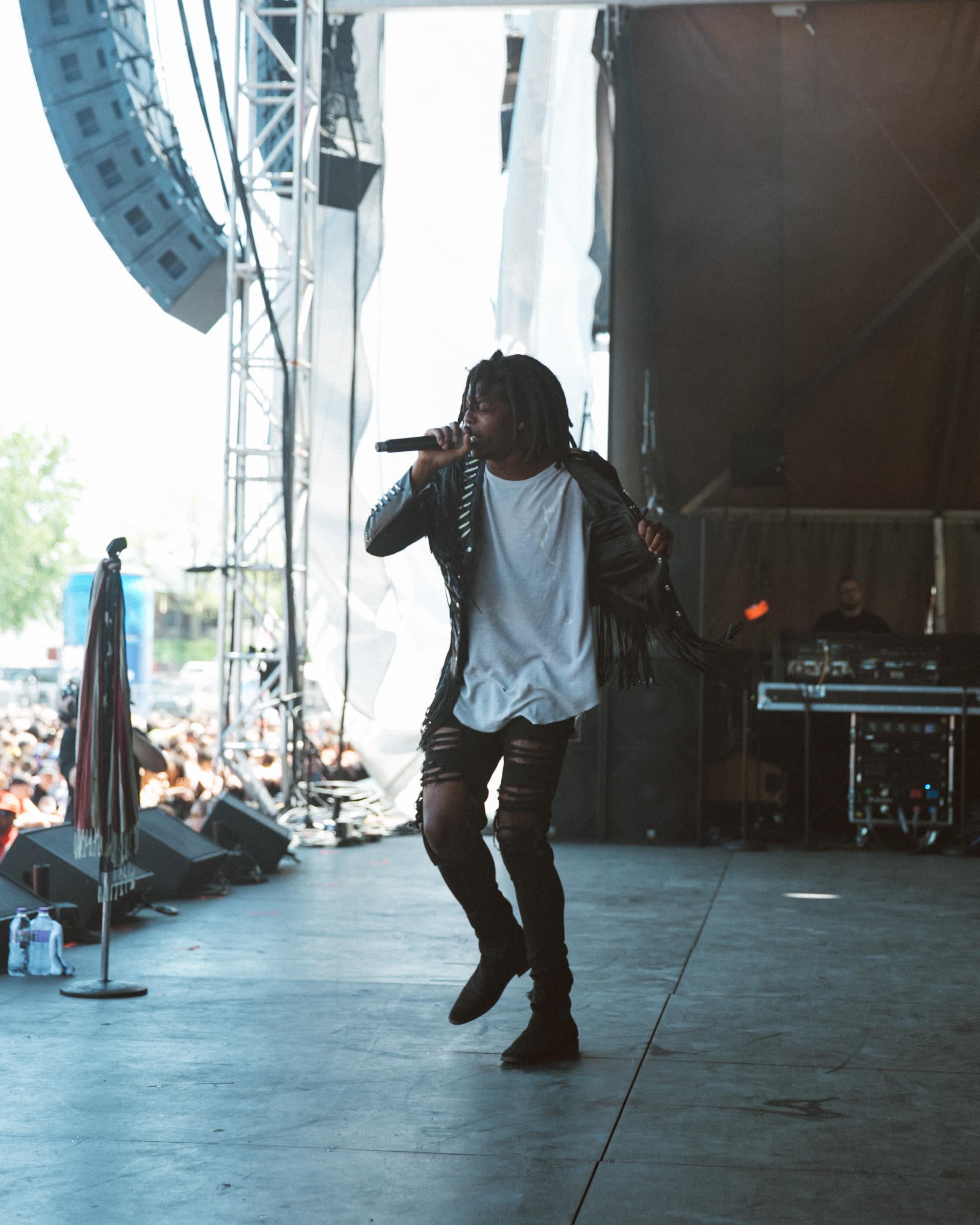
VII. Blowing Up
In recent years, a new batch of artists with ties to the Twin Cities, from Allan Kingdom to Lizzo, have started making noise on the national scene.
Christopher Michael Jensen: That's part of what motivates people—and maybe some of the people that get kind of bitter—is that they see people right next to them starting to blow up. It seems attainable. You see all these people around. I remember being at a party one time and I saw Allan Kingdom. Two weeks later, he's performing with Kanye West. It's a very thin line between, you're doing some cool local shit, and then, six months later, you're getting all this attention. It's fucking wild to see that.
deM atlaS: It's inspiring to see [Lizzo’s] ascension. We're really proud of her—everybody here. It's inspiring because I still remember the days where she was with this group called the Chalice and I was opening up for them at the Fine Line. The Chalice became Grrrl Prty, and it became just Lizzo. She went off and did her solo thing.
It's affirmation. It's like, yes, this can be done. I knew it could be done, but it's even more self-affirming to see somebody else do it.
Medium Zach: Every step of the way that people continue to break down the door and get on another level, it just shows everybody what's possible. A young person that I worked with, this guy Bobby Raps, I taught him how to make beats when he was 15, and he had a beat on the Weeknd's album Starboy—a song with Kendrick Lamar.
Lady Midnight: You're going to have your group of cheerleaders and your group of haters. Anytime you push energy through, there's all this stuff that was hiding behind it, that now you get to see the motivations. There's some people who are really proud and like, "Yeah, they're putting the Twin Cities on the map for us." And there's other people who are like, "What have they done? They don't claim us. Really, how are they contributing back to the community? Have they brought anybody from the Twin Cities with them?" Those are valid points. But they're giving this space attention that might otherwise not have been given.
Siddiq: Take a group like Atmosphere, who's huge. While they found a crazy amount of success, a lot of that success flew under the radar. Even still, to this day, I would say it's not on front street. I'm seeing Lizzo at the Met Gala, I'm seeing younger artists from here get put in these spaces, whereas an Atmosphere never did those things, although they found their own way of being pretty massive. It's a cool thing seeing a lot of these younger artists being part of the discussion.
VIII. Final Thoughts
The Twin Cities music scene is far too big and diverse to be summed up in any one article. But here’s what some of its leading voices want you to know about it.
deM atlaS: I think the common ground is, just be weird. I don't think we have a particular sound.
Cashinova: Everybody's artsy in their own way. Even if we're not talking about the same things, or talking from the same point of view of things, everybody got their own sort of special art.
Dua Saleh: Each artist stands out. The sounds and melodies get stuck in my head in ways that I don't really feel in other cities, just because the other cities have one sound that's so cohesive that there's not much room for versatility.
Medium Zach: I feel like the Minneapolis hip-hop sound is always trying to redefine itself, because there's so many different identities that are eager to be represented.
Prof: I don't think there's a unifying sound so much as there's more like a unifying attitude—an underdog, underappreciated attitude that is kind of similar to a sports team. The underdog plays harder, and the mindset of an underdog is a lot different than someone who's been on top for a while. I think there's an underlying current of an attitude in Minnesota that connects everybody, more so than the sound.
Tufawon: I just want people to know that if there was ever a stereotype of what a Minneapolis music sounds like, in terms of hip-hop, I want them to come here and experience something different.
